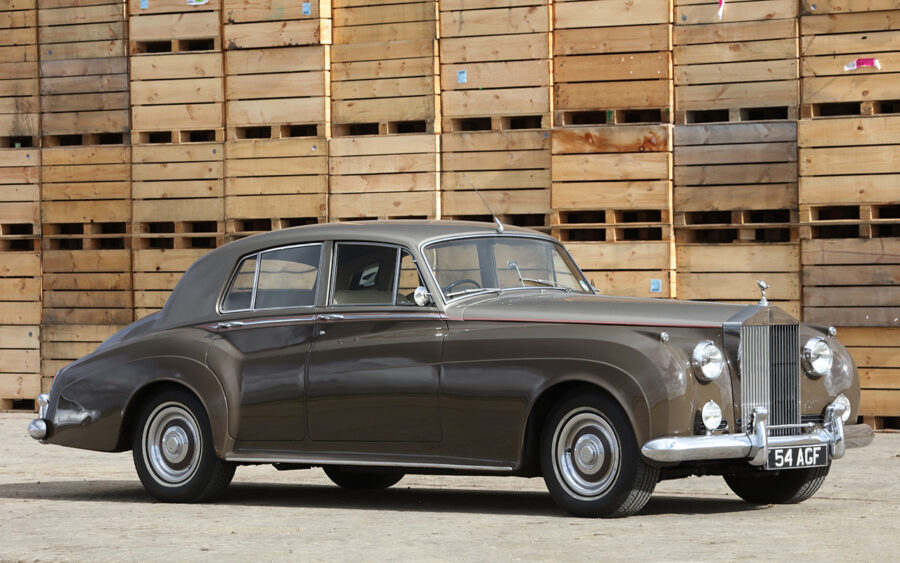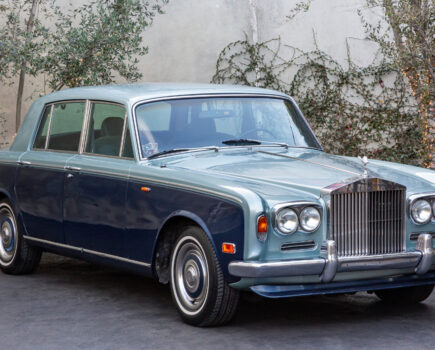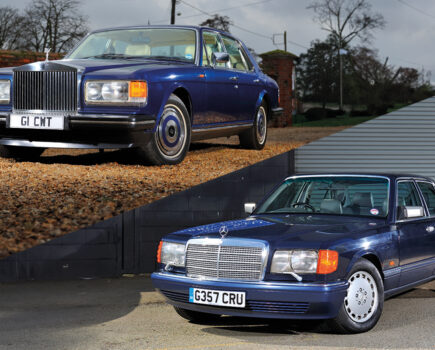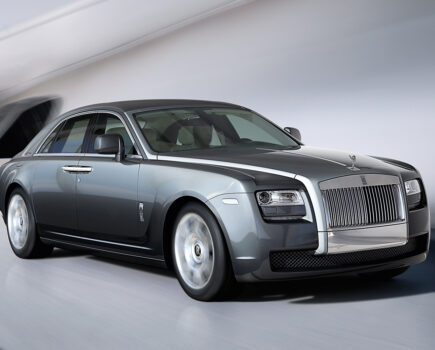We explore the decade-long career of the factory-built ‘Standard Steel’ models – the Rolls-Royce Silver Cloud and Bentley S-series
Words: Ian Seabrook, Jack Grover, Paul Guinness
The post-war era was a challenging one for Rolls-Royce. While the development and production of the Merlin and Meteor V12 engines, for aero and tank applications respectfully, had kept the company busy, the return to car production could have been problematic. Austerity was raging in Great Britain, with war having left the cupboard bare. There were also societal changes, which saw Rolls-Royce suddenly catering for a new kind of buyer. A chauffeur was no longer an essential part of Rolls-Royce ownership, and many customers wanted to be able to drive away in a brand new car without the time and trouble involved in recruiting a coachbuilder to finish things off.
The Silver Dawn of 1949 marked Rolls-Royce’s response to this, with the Wraith moving upmarket to offer the traditionalists something of comfort. But, of course, the Silver Dawn was essentially a reworked Bentley MkVI, the latter having been a major success for its maker – the first fully-built model to be offered by the firm, achieving total sales of 5200-plus during its 1946-52 career, with over 80% being fully factory-built with ‘Standard Steel’ saloon bodywork. The MkVI was replaced by the R-Type, which ran for three years from 1952 and featured such useful upgrades as an extended boot line for increased luggage capacity, a move that was followed by the Silver Dawn.
What both Rolls-Royce and Bentley desperately needed, however, was a new range of saloons capable of meeting the changing demands of the ’50s. And so the company turned to in-house chief stylist John Blatchley, who had joined Rolls-Royce during the war years and subsequently proved his worth via the Silver Dawn and MkVI’s detailing, creating an elegant interior and ensuring the door hinges were concealed. This is hardly surprising, for he had studied his craft at noted coachbuilder Gurney-Nutting, becoming chief designer there at the age of just 23.
Blatchley’s first sketches for the new Rolls-Royce and Bentley family were deemed a bit too radical, although he carefully filed these away for use much later, using them as inspiration during the very early days of subsequent Silver Shadow development. As an alternative, Blatchley managed to skilfully bring a blend of traditional style to a more modern design, and so the Silver Cloud was born.
Blatchley, aided by his small team of Cecily Jenner and Bill Allen, began work in earnest on the ‘Siam’ project – destined to become the new Silver Cloud and S-series – from the start of the 50s. Working drawings and supporting artworks dating from 1950 already suggested a Cloud glasshouse and rear section, but featured a more straight-through, flush wing-line from the rear doors forwards and ending with headlamps set in the front wing extremities.
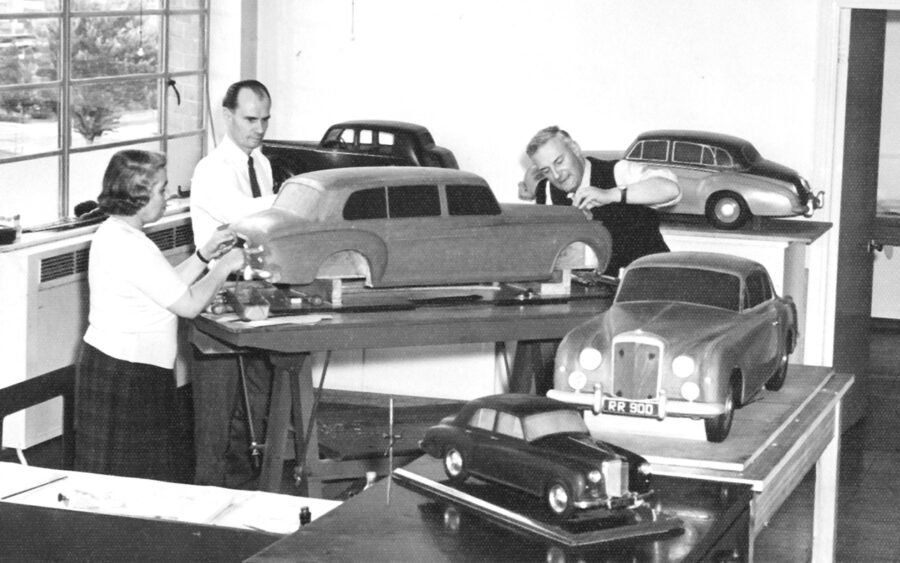
Much effort had gone into creating something that looked like a respectably up-to-date post-war car, free of any visual excesses. Yet the result, presented to the Rolls-Royce top brass in 1951, was rejected for being too modern, as Blatchley recalled: “So I was asked to do a quick sketch of something more traditional, more in keeping with the Rolls image, which I did in about ten minutes. It was taken into a board meeting and they decided to make it there and then”.
With a last-minute fashioning of full-blown, sculpted front wings, headlamps set closer together and a sharper roof and window profile, the ten-minute wonder embarked on a ten-year production run from April 1955, in both Rolls-Royce and Bentley forms. “The best thing I ever did,” was how John later described his handiwork. The styling was altered subtly only once, for the Silver Cloud III and Bentley S3 models in October 1962, when twin headlamp units were successfully grafted on together with a lower bonnet line, squarer-edged front wings and repositioned flasher and sidelight units.
By the time those Series III cars appeared, Cloud and S-series sales were falling off, although plans were well in hand for the succeeding models. Indeed, a planning programme had begun several years earlier, with much chopping and changing along the way before a timeless style and size common to both Rolls-Royce and Bentley versions was agreed upon.
The newcomer was clearly influenced by the coachbuilt Bentley Continentals of H.J. Mulliner, with similarly rounded wings falling somewhere between the increasing tastes for full-width styling and the flowing, separate wings of the past. Similarly, the wing line continued down to a notable ‘hip’ ahead of the rear wheel, before rising over that wheel and tapering down to the rear. The retention of a separate chassis meant that the Silver Cloud and S-series sat high, giving driver and passengers a commanding view, while the width and length of the flowing rear styling gave a great boost to luggage space at the same time.
The curved, raked windscreen also helped to mark out the new Rolls-Royce and Bentley family as a leap forward into a new age. Conversely, the thick C-pillar was an obvious nod to earlier designs, and gave some privacy to rear seat passengers. Overall, however, Blatchley’s style was perfectly proportioned, combining a touch of modernity with the elegance demanded by the company’s loyal customer base.
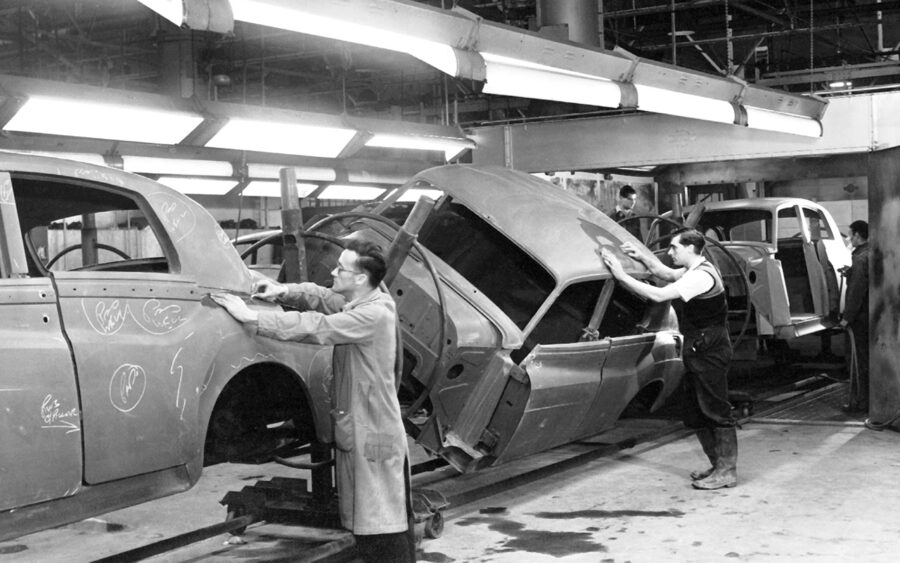
With the benefit of hindsight, the new Rolls-Royce and Bentley range represented the crossing point of two different eras for the company, bridging the gap between the coachbuilt models of old and the high-tech, more dynamic world ushered in by the Silver Shadow in 1965. With their separate chassis, live rear axle, conventional suspension and imposing size, the Silver Cloud and what we now refer to as the S1 were a logical continuation of the two marques’ lineage, whilst also marking something of a break with tradition.
The channel-frame chassis of previous models, for example, was replaced with one made from welded box sections that improved rigidity by 50%, while the bodywork of the ‘Standard Steel’ saloons was once again produced by the Pressed Steel Company. The rear suspension was redesigned and now included a Z-link control rod to improve axle location and roadholding. And there were fully-hydraulic brakes for the first time on a Rolls-Royce, with 30 per cent more friction area, although the unique mechanical disc servo system was retained to allow maximum stopping power with very light pedal loads.
The steering system was also updated for the Rolls-Royce Silver Cloud and S-series, making it lighter to use and with a smaller turning circle, in deference to the fact that increasing numbers of customers were driving their cars themselves. At the same time, the overall size of the Cloud was greater than its Silver Dawn predecessor, allowing for a more spacious and airier cabin, greater luggage space and more appeal in the crucial American market.
Rolls-Royce’s familiar six-cylinder inlet-over-exhaust engine was used in 4887cc guise in the Silver Cloud and its Bentley S1 cousin, meaning this impressive duo could top the magic ‘ton’ despite coming as standard with automatic transmission. Four years after the cars’ introduction, however, Rolls-Royce announced its all-new V8 engine, the L-series unit that would go on to enjoy an astonishingly successful six-decade career.
The new 6320cc unit – fitted to what was now known as the Silver Cloud II and Bentley S2 – was deemed essential if Rolls-Royce was to make further inroads into the American market, where V8 engines traditionally ruled the automotive roost. But it was a welcome move elsewhere too, with the British motoring press in particular praising the latest engine’s extra power and smoothness.

Indeed, at an estimated 190-200bhp, the new engine offered around 25% more power and noticeably better acceleration than the outgoing six-cylinder (although, of course, Rolls-Royce refused to disclose either power or performance figures), and with a raised final drive ratio the Cloud II was also a quieter and more refined cruising car.
This helped to make it even more relaxing than before, despite being able to hit 115mph and with over a second whisked from the car’s 0-60mph time – which now stood at around 11.5 seconds if one felt churlish enough to make an attempt. The only other noticeable difference was the fitting of the steering wheel at a shallower rake angle – a further sop to the increasingly commonplace owner-driver.
The new V8 was a rather tight fit in the engine bay, and we should pity the poor unfortunate tasked with replacing the spark plugs, located beneath the exhaust manifolds. Not that this was of any great concern to the occupants, who could just enjoy the refined performance, albeit at a slight increase in fuel consumption.
Three years after the 1959 arrival of the Rolls-Royce Silver Cloud II and Bentley S2 came the logically-named Silver Cloud III and S3, bringing with them the biggest cosmetic change since the debut of the original range – plus a host of under-the-skin updates. Most noticeable upgrade was the adoption of quad headlamps, which at a stroke gave both the Rolls-Royce and Bentley ‘Standard Steel’ saloons a more modern appearance as well as greatly improving their illumination. The radiator grille was also lowered in height by 1.5 inches (3.8cm), with the bonnet being sloped to suit, a move that increased forward visibility as well as giving the cars more of a svelte look.
Inside the Cloud III and S3, the front bench seat was swapped for individual chairs and the dashboard was capped by a leather-bound and padded rail for safety reasons. Meanwhile, the V8’s compression ratio was increased to 9:1 and treated to larger SU carburettors, usefully increasing both power and torque.
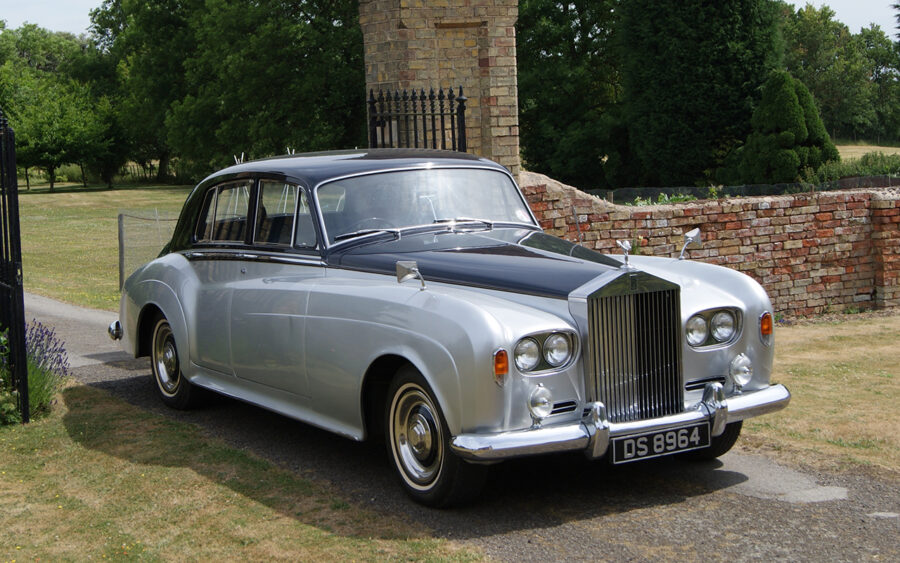
With these new-look versions not arriving until 1962, the Rolls-Royce Silver Cloud and S-series twosome was in the autumn of its career by then, with just three years of ‘Standard Steel’ saloon production remaining. Late 1965 would see the debut of the revolutionary new Silver Shadow and T-series, giving both Rolls-Royce and Bentley a truly modern luxury saloon with which to tackle the changing market of the late 60s. The Silver Cloud III and S3 quietly faded away, effectively bringing to an end the company’s tradition of separate-chassis design.
Not all Rolls-Royce and Bentley fans welcomed the Silver Shadow when it made its debut at the 1965 Earl’s Court Motor Show, with many mourning the loss of the Silver Cloud and S-series’ combination of elegance and traditionalism. The final Cloud IIIs and S3s leaving the production line at Crewe marked the end of an era for the company – as well as the start of a whole new adventure.

